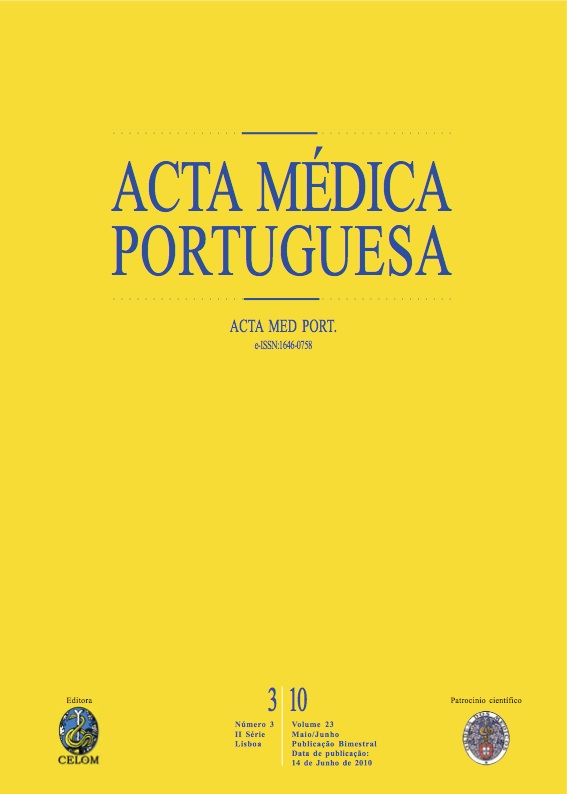Non invasive ventilation in a pediatric intensive care unit.
DOI:
https://doi.org/10.20344/amp.640Abstract
Non-invasive ventilation (NIV) is being increasingly used in children with acute respiratory failure, preventing complications associated with conventional mecánical ventilation.To determinate the efficacy of NIV in children with acute respiratory failure or chronic respiratory failure.Prospective study of all patients who underwent NIV (November 2005 to April 2008). Demographic data and the following parameters were analysed: Heart and respiratory rate, SaO2, blood gases evaluated before and at 1, 2, 6, 12, and 24 hours after NIV.One hundred and thirteen were included (116 NIV trials). Mean age 9,4 +/- 26,2 months (median: 1,5 months). CPAP used in 63 and BiPAP in 53 trials.bronchiolitis in 61 (52,6%), pneumonia in 36 (31,0%) patients. Indications for NIV: acute hypercapnic and/or hypoxemic respiratory failure in 109 (94%), apnoea (13), chronic pulmonary disease agudization (three), partial obstruction of upper airway (four). There was a significant improvement in respiratory and heart rates, pH, pCO2 at 1, 2, 4, 6, 12, 24 and 48 hours after NIV onset (p < 0,05) (table). Mean duration of NIV was 47,7 +/- 35,6 hours. Sedation with chloral hydrate was used in 58 (50%). Twenty eight patients (24,1%), required conventional mechanical ventilation (main reason: apnea+bradicárdia: 8). There were no major complications related with NIV.NIV can be effective in children and infants with acute respiratory failure, preventing some patients from deteriorating and/or from being ventilated.Downloads
Downloads
How to Cite
Issue
Section
License
All the articles published in the AMP are open access and comply with the requirements of funding agencies or academic institutions. The AMP is governed by the terms of the Creative Commons ‘Attribution – Non-Commercial Use - (CC-BY-NC)’ license, regarding the use by third parties.
It is the author’s responsibility to obtain approval for the reproduction of figures, tables, etc. from other publications.
Upon acceptance of an article for publication, the authors will be asked to complete the ICMJE “Copyright Liability and Copyright Sharing Statement “(http://www.actamedicaportuguesa.com/info/AMP-NormasPublicacao.pdf) and the “Declaration of Potential Conflicts of Interest” (http:// www.icmje.org/conflicts-of-interest). An e-mail will be sent to the corresponding author to acknowledge receipt of the manuscript.
After publication, the authors are authorised to make their articles available in repositories of their institutions of origin, as long as they always mention where they were published and according to the Creative Commons license.









